In the next 20 years, AI will eat software.
“We made it possible for the computer to write software by itself.”
—NVIDIA CEO Jensen Huang on the future of AI

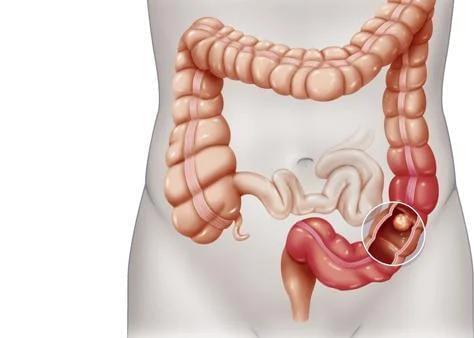
(CNN) — Regular aspirin use may keep the oncologist away, at least when it comes to colorectal cancer, according to a new study, and people with unhealthy lifestyles seemed to see the greatest benefit.
Colorectal cancer is the second most common cause of cancer death worldwide, predicted to cause more than 52,500 deaths in the US alone in 2023. About 153,020 people in the US were diagnosed with the condition in 2023, and it’s become much more prevalent among people under 55, with numbers more than doubling in this group from a decade ago, studies show.
The causes of colorectal cancer can be genetic, but certain lifestyle factors also seem to raise risk, including eating an unhealthy diet, not getting enough exercise, drinking alcohol, smoking and having a high body mass index.
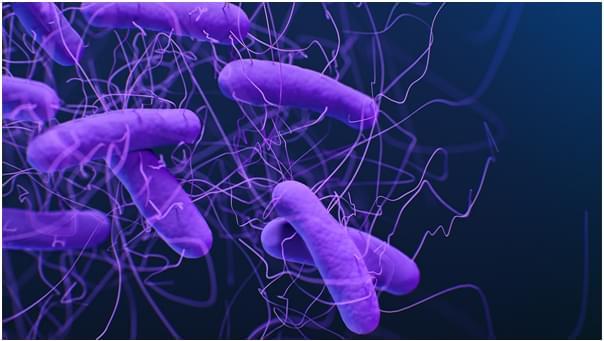
Future studies can now be designed to understand the discovery in greater depth and use it to develop treatments. “The essential next step is to investigate the efficacy of IL-22BP inhibitors in animal models and possibly in clinical trials to treat severe intestinal infections,” Fachi said. Another possibility will be to explore how different types and quantities of food fiber affect short-chain fatty acid production. “The composition of gut microbiota in the absence of IL-22BP can provide valuable information,” he added.
Gut microbiota modulation may benefit other intestinal inflammatory conditions, such as Crohn’s disease and ulcerative colitis, as well as infections caused by other pathogens.
“Finding out how IL-22 interacts with other molecules and immune system cells in the absence of IL-22BP will help us better understand its function in intestinal immunity. Future studies could transform our understanding of the role of these proteins in intestinal health and lead to the development of novel therapeutic strategies to prevent and treat intestinal infections,” Vinolo said.

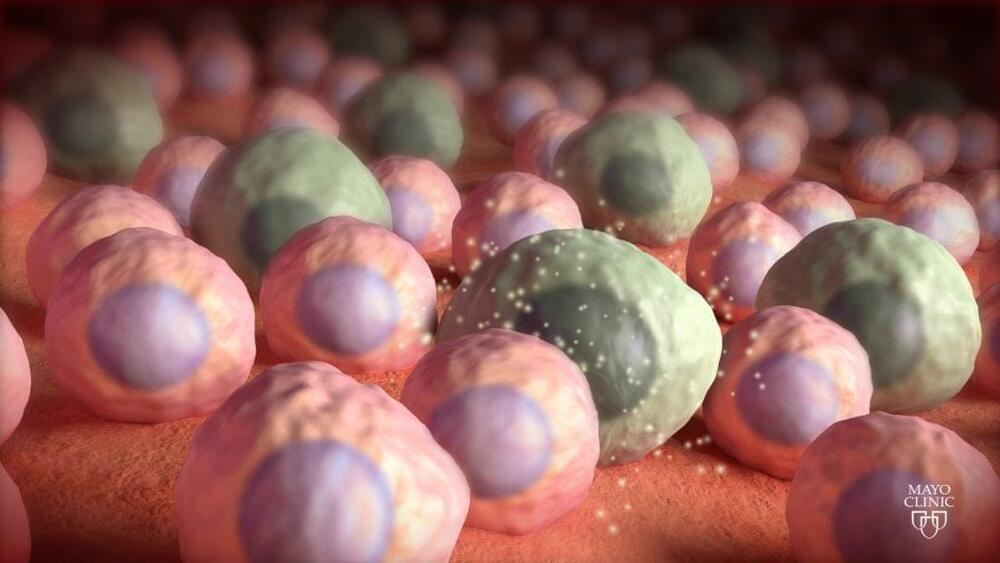
Drugs that selectively kill senescent cells may benefit otherwise healthy older women but are not a “one-size-fits-all” remedy, Mayo Clinic researchers have found. Specifically, these drugs may only benefit people with a high number of senescent cells, according to findings publishing July 2 in Nature Medicine.
Senescent cells are malfunctioning cells in the body that lapse into a state of dormancy. These cells, also known as “zombie cells,” can’t divide but can drive chronic inflammation and tissue dysfunction linked to aging and chronic diseases. Senolytic drugs clear tissues of senescent cells.
In the 20-week, phase 2 randomized controlled trial, 60 healthy women past menopause intermittently received a senolytic combination composed of FDA-approved dasatinib and quercetin, a natural product found in some foods. It is the first randomized controlled trial of intermittent senolytic treatment in healthy aging women, and the investigators used bone metabolism as a marker for efficacy.
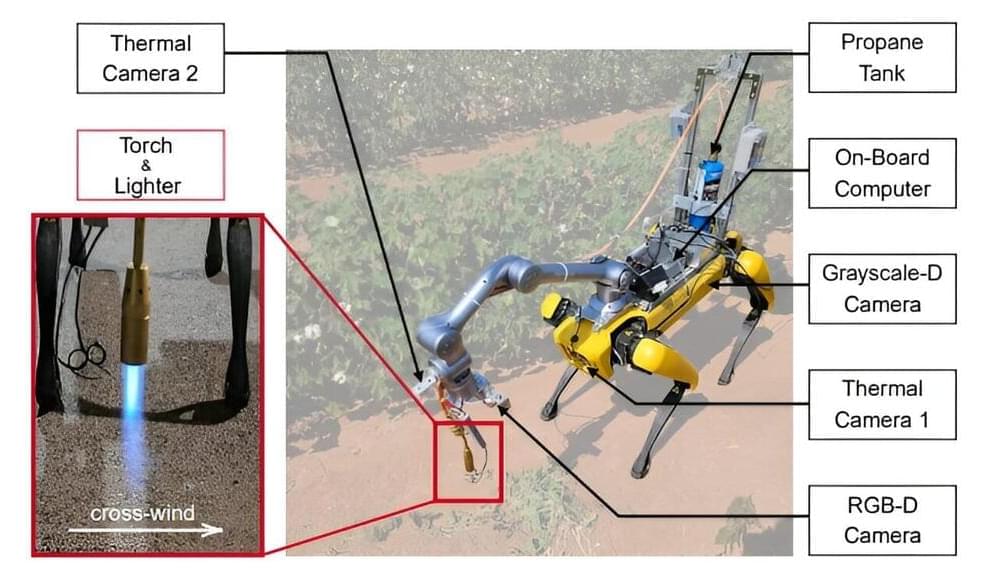
A team of computer scientists and roboticists with members from Texas A&M University in the U.S., and the Mohamed Bin Zayed University of Artificial Intelligence in Abu Dhabi, working with a colleague from Boston Dynamics, has configured a robot made by Boston Dynamics to seek out and stun weeds using a small blowtorch. The team has posted a paper describing their efforts to the arXiv preprint server.
Boston Dynamics, maker of the well-known quadruped Big Dog, has been working on technology to improve both the robot’s agility and processing ability. Its latest quadruped is Spot, a robot with increased agility, highly accurate sensors and a brain that includes AI capabilities. In this new effort, the research team used some of Spot’s abilities to tame weeds growing on cropland.
The researchers trained Spot to recognize weeds among a field of regular crops. They also strapped a small tank filled with propane to its back that is used to fuel a small blow torch held by the robot’s arm. The idea is for Spot to wander around cropland looking for weeds and upon finding them, stun them by blasting their central parts with burning gas. The blowtorch is not used to incinerate the weed, but to heat its core to such an extent that the growth of the weed is stunted for several weeks.
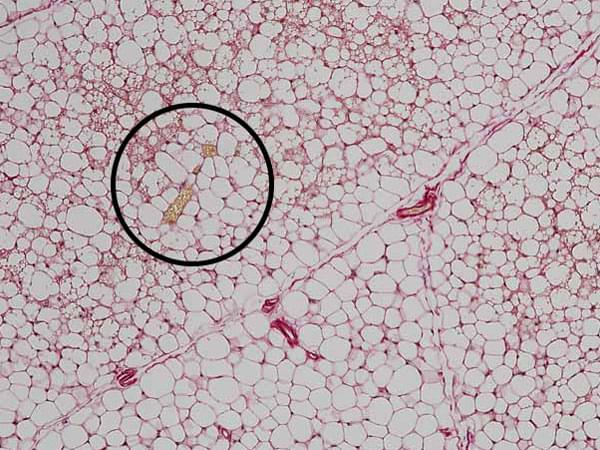
A new study shows that suppressing a protein turns ordinary fat into a calorie burner and may explain why drug trials attempting the feat haven’t been successful.
Researchers at UC San Francisco have figured out how to turn ordinary white fat cells, which store calories, into beige fat cells that burn calories to maintain body temperature.
The discovery could open the door to developing a new class of weight-loss drugs and may explain why clinical trials of related therapies have not been successful.

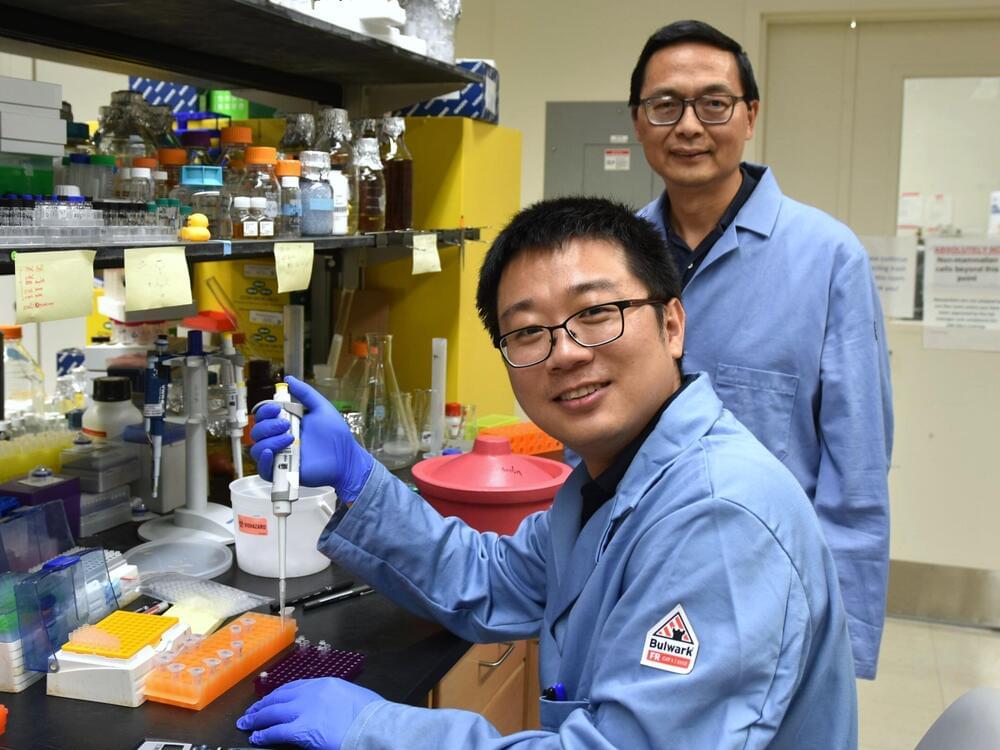

Ancient Chinese society was dominated by feudalism. The economy was dominated by agriculture, and the development of science and technology was slow or even suppressed. The main achievements of this era were the four major inventions of China: papermaking, gunpowder, the compass, and printing. Why was this so? For an ancient civilization with a history of several thousand years, why was the development of science and technology so backward? The fundamental reason was the idea of imperial power. Ancient China was centered on the emperor, and everything on the Chinese land was owned by the emperor, including the farmers on that land. The emperor was afraid of a peasant revolution and was afraid that others would take the emperor’s place, and as a result successive emperors would use the policy of fools. Instead of allowing farmers to read books, the emperors just wanted the farmers to plant the land every day, like slaves, so that the farmers would have no ability to overthrow the rulers. This idea of imperial power had greatly suppressed the development of science and technology.
In 1949, Mao Zedong established the first democratic, self-improving, unified China in Chinese history: The People’s Republic of China, a stable country; a country without feudal ideas; and a country that serves the people. Only then did China begin to truly develop its own education, technology, and industry. It was aimed for ordinary people to have food to eat, houses to live in, and books to read, and it was also intended for them to be more involved in technology and democracy. However, Chinese politics had hindered the development of science and technology (superhuman science), such as the Great Leap Forward, which severely reduced China’s productivity and starved many people; the Cultural Revolution had destroyed China’s economic development, education, and technology, bringing China back to pre-liberation overnight. These events were relatively unfortunate. Political struggles have severely hindered the development of science and technology (superhuman science) in China.
In 1978, China began reform and opening up. This phase of reform and opening up was China’s greatest era. China has changed from a closed country to an open country. Deng Xiaoping formulated a basic national policy centered on economic construction, which has enabled China’s economy to develop rapidly. At this time, China attaches great importance to the development of education, science and technology, and the economy. At the same time, special attention is also paid to foreign exchanges, and advanced education and technology have been introduced from abroad. In education, a large number of international students are sent to study in developed countries such as the United States, which has cultivated a large number of scientific and technological talents for China; economically, a large number of foreign companies have been introduced to optimize state-owned enterprises and support for private enterprises, so China’s economy has developed rapidly.